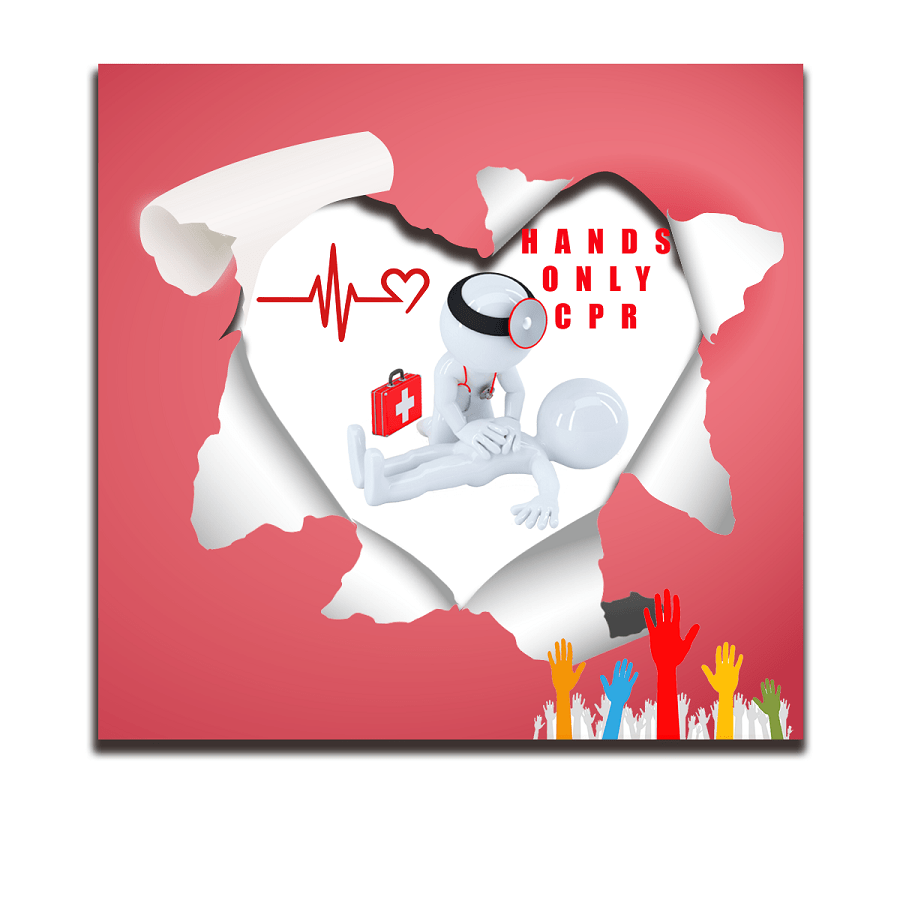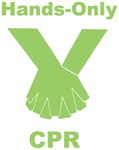Melanie Baldwin was hanging a picture of her with Jeff of their Las Vegas home in the dining room then suddenly Melanie collapsed.
Without wasting time, Jeff called 911 and unlocked the front door for preparation of ambulance. He also closed the bedroom doors because of their four cats. Jeff had his CPR training and he also talked to the dispatcher while giving Melanie CPR.
Melanie had this disease from the day she was born. She also had five open-heart surgeries back in 2013 at the time of her cardiac arrest.
She was born with aortic stenosis disease. A normal person has three flaps but Melanie was born with two flaps and they were very thick and stiff instead of thin and flexible. The flap was so thick that she had only one pinhole through which the blood flow.
Not only that, her heart needed to pump harder which resulted in the enlargement of the heart. She also undergoes an operation at the age of seven.
Because of this condition, she was not able to play sports. When she was 19, doctor replaced her aortic valve with mechanical. She became pregnant at 25 and she developed a blood clot. After 26 weeks of pregnancy, she went for open-heart surgery.
The mechanical valve was then replaced with a pig valve. This means that no more blood thinners. After three months, she successfully gave birth to her daughter.
After a long time, the pig valve was then replaced with a titanium valve. Titanium valve proved to be very effective and they also placed a pacemaker to help her heart.
The rescue of Melanie proved to be dramatic. Her heart became unstable and then she was eight-time defibrillated before her heart got a stable rhythm. The operation took 45 minutes and doctors had no hope.
She spends 10 days in the hospital. Furthermore, doctors decreased her body temperature for a part-time to decrease brain damage. She breathes by the help of breathing tube inserted through her throat.
On the afternoon of 2016, the defibrillator saved her life. She received an implantable cardioverter defibrillator. It gives shocks to her heart to bring back into rhythm if needed.
Melanie’s sense of humor is one of the things that has helped her persevere.
“It’s the only thing I’ve got that they can’t take away from me,” she said. “My main point of view in this is the only thing you can control is your attitude.”
It is a message the 54-year-old delivers when sharing her story, something she’s done often for the American Heart Association.
Melanie has volunteered for the AHA by handing out T-shirts or walking in Heart Walks, going to its Heart Ball, speaking at Go Red for Women events and helping post pictures on social media.
“That’s why I give back because the Heart Association is doing so much research, and so much of what they’ve done has affected my life – pacemakers, heart valves and replacements and all that stuff,” she said. “It’s my little way of giving back.”
Source: https://www.heart.org/en/news/2019/04/24/woman-almost-declared-dead-no-stranger-to-heart-trouble



